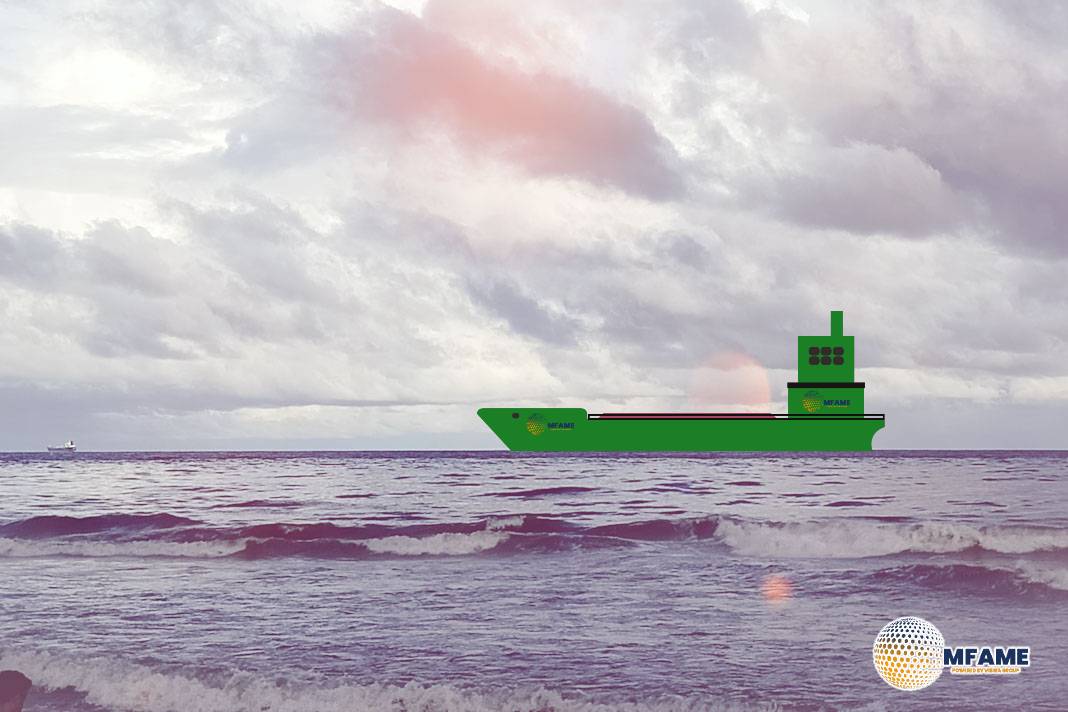- Veson Warns of Overcapacity as Trade Slows.
- Newbuild Parity Returns Signalling Market Caution.
- Cyclic Patterns Hint at Possible Downturn Ahead.
The global shipping industry appears to be entering a mid-cycle phase – a period that may seem deceptively calm while the underlying market pressures are quietly building. This is the primary insight from a recent white paper by Veson Nautical, a leading provider of maritime data and freight management solutions, reports Portnet.
Lessons from the Past: Patterns That Repeat
Entitled ‘The Anatomy of Shipping Cycles: What History Can Tell Us About Tomorrow’s Market’, the white paper suggests that the mix of rising fleet deliveries, a slowdown in global trade, and stricter regulations is nudging the market closer to a tipping point of overcapacity. “Looking back at the history of previous shipping cycles, we’re likely in the mid-phase of the transition from the high point to the low,” says Matt Freeman, white paper co-author and VP of Valuation & Analytics at Veson Nautical.
“To navigate this fragile equilibrium successfully will require not only operational discipline, but a deep understanding of the structural patterns that have shaped previous cycles.” The paper discusses how historical maritime cycles have consistently followed a recognisable pattern – marked by overconfidence, overcapacity, and eventual correction – even when influenced by varying macroeconomic factors.
The Champagne Supercycle and Its Lessons
The white paper highlights the “Champagne Supercycle” from 2003 to 2008, which was fueled by China’s booming industrial growth. During this time, Capesize rates skyrocketed from $20,000 to almost $200,000 per day, leading to a surge in new vessel orders that pushed the orderbook to encompass 60% of the active fleet.
“When the world was engulfed by the 2008 financial crisis, earnings collapsed almost overnight, but deliveries continued for years, compounding the downturn,” Freeman notes. “If you look at examples like this, you start to see patterns that can help companies prepare for when the market inevitably turns.”
COVID-19: A Different Kind of Disruption
The paper highlights how the COVID-19 pandemic in 2020 caused a significant increase in freight rates, but interestingly, it didn’t lead to a complete cycle. Most vessel owners chose to hold back on over-ordering, which resulted in short-term fluctuations instead of a long-lasting downturn.
Spotting Market Turning Points
One consistent indicator of past market turning points has been newbuild parity – that moment when five-year-old or brand-new vessels start trading at prices equal to or higher than new builds. This pattern has often signalled downturns, including the 2008 financial crisis, the 2014 oil market crash, and the surge in container prices after COVID-19.
“Today, the return of newbuild parity in several market segments is a warning sign,” says Felix Tordoff, co-author and Junior Valuation Analyst at Veson. “It suggests a market where urgency is outweighing discipline, and an environment where short-term opportunity may cloud long-term judgment.”
Capacity Buildup and Slowing Trade
The white paper highlights that scheduled fleet deliveries – especially in the bulker segment – are on the rise, with a peak expected in 2027–2028. Meanwhile, global trade growth is weakening. The WTO recently revised its 2025 forecast down to 2.2%, falling short of the post-2010 average. Although environmental regulations like EEXI and CII may restrict effective fleet capacity, Veson Nautical suggests these constraints won’t be enough to offset the influx of new tonnage.
“Taken together, these signals suggest the industry is at an inflection point, where the next shift could come without warning,” Tordoff warns. “As in previous cycles, the balance may hold for a time before tipping suddenly.”
Cycles Can’t Be Avoided – But They Can Be Managed
The white paper ultimately concludes that shipping cycles are not random disruptions but recurring, predictable phases that operators can prepare for. While pinpointing exact timing remains challenging, recognising key signals can provide strategic advantages.
“In today’s complex environment where sentiment is rising, supply is building, and demand is softening, you need to be able to read the signals,” Freeman emphasises. “The ability to step back, assess the full cycle, and make informed decisions isn’t just smart. It’s essential.”
Did you subscribe to our daily Newsletter?
It’s Free Click here to Subscribe!
Source: Portnet

















